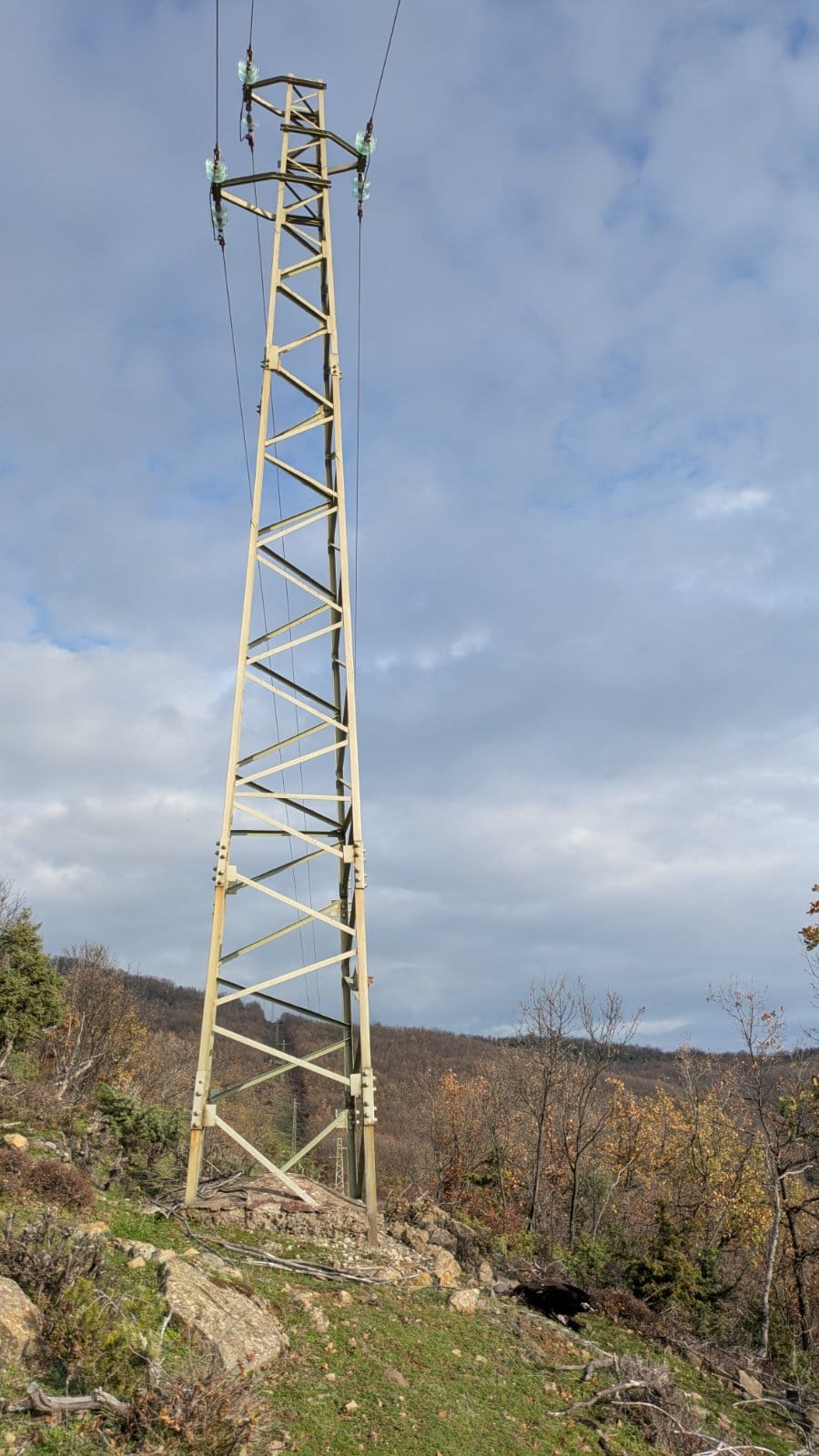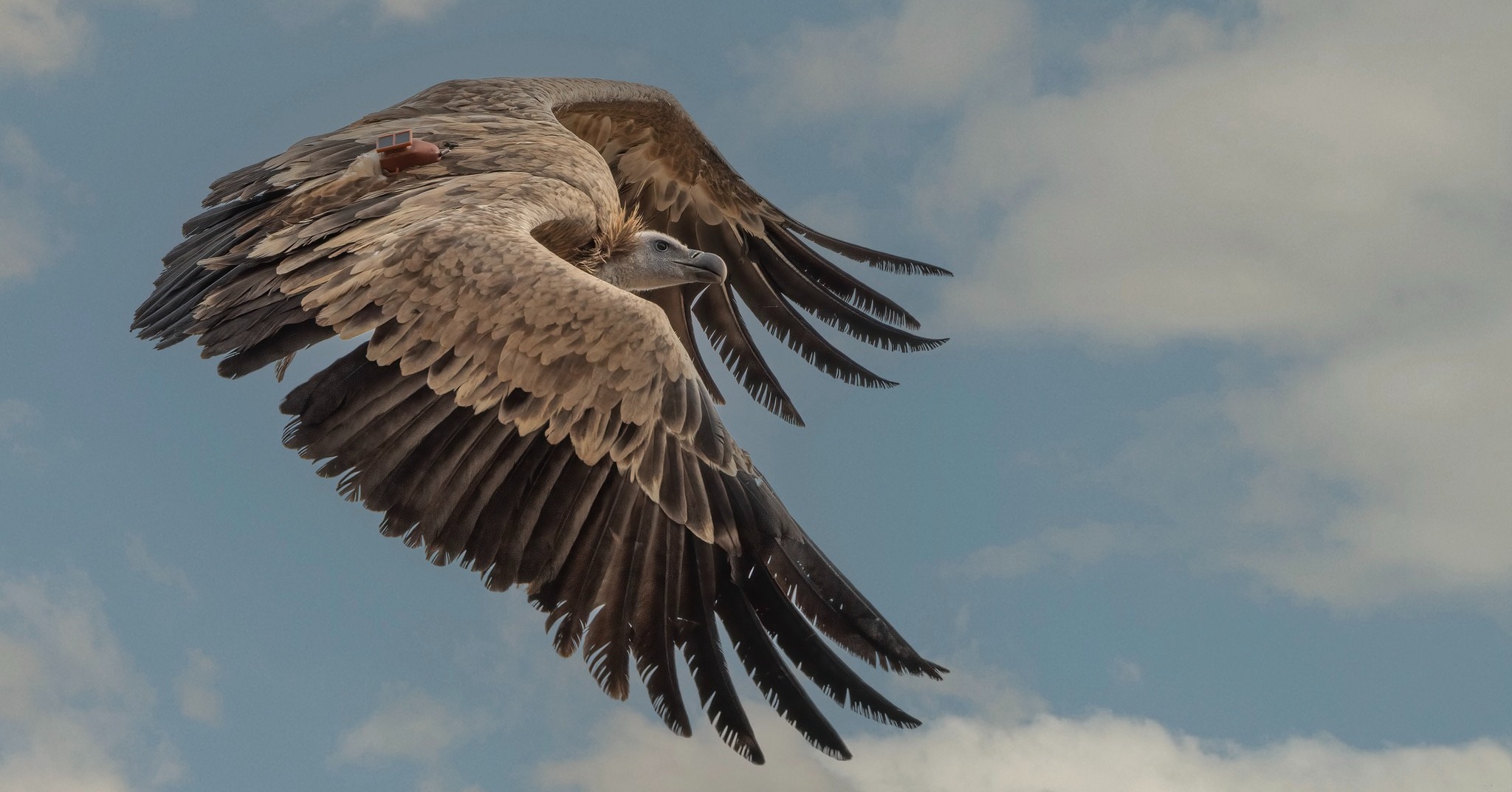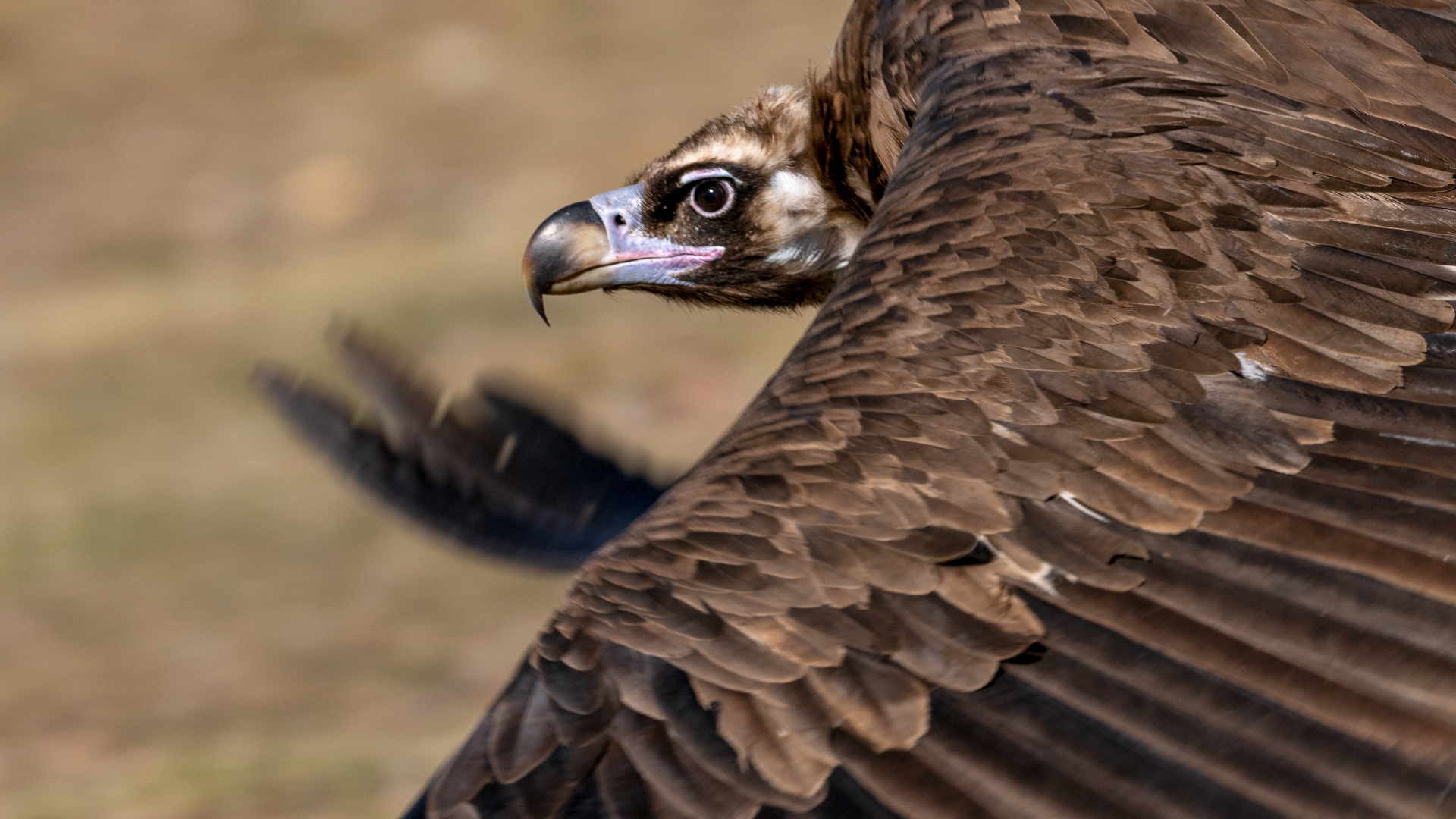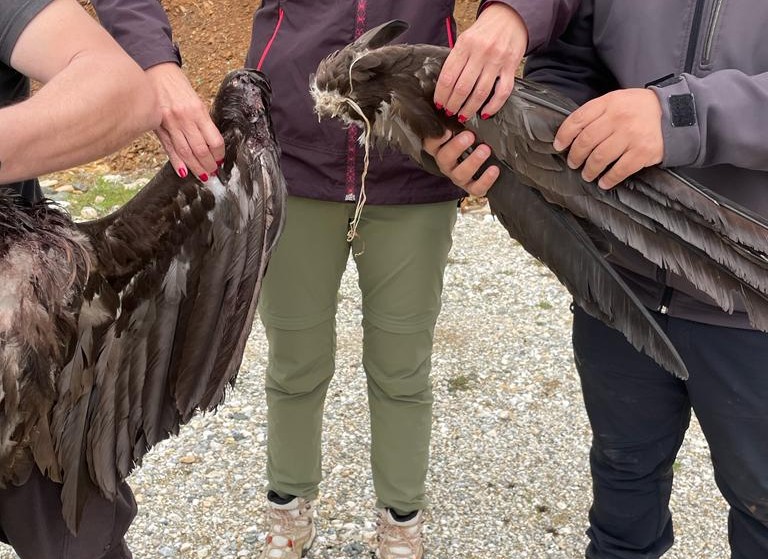La LIFE Aegypius Return project was invited to clarify some of the “myths of energy and the environment” at an event that brought together the main stakeholders in Portugal’s energy transition, including representatives of the industry.

Task-Force for Licensing Renewable Energy Projects
In March 2024, the Portuguese government created a Task-Force for the Licensing of Renewable Energy Projects 2030 (EMER 2030), with the aim of centralising and streamlining the licensing of renewable energy projects in the country. This measure forms part of the national commitment to accelerating the climate and energy transition, as set out in the first revision of the National Energy and Climate Plan 2030 (PNEC 2030).
EMER’s mission is to ensure coordinated and effective action in achieving the targets defined in the PNEC 2030, promoting the integration of renewable energies into the national electricity system. To this end, it seeks to simplify licensing procedures, strengthen administrative transparency, and propose measures to guarantee the environmental, energy and financial sustainability of the transition under way.
4th Transformer Station
In order to train the public bodies involved in licensing renewable energy projects, EMER has been organising training events called “Transformation Posts“, which bring together the sector’s main stakeholders: authorities and decision-makers, promoters, consultants and other specialists.
To build capacity among public entities involved in the licensing of renewable energy projects, EMER has been organising training events known as “Posto de Transformação” (Portuguese for “Transformer Station”), which bring together the main stakeholders in the sector: authorities and decision-makers, developers, consultants, and other specialists.
The 4th Transformer Station took place on 4 November, under the theme “Myths of Energy and the Environment”, and gathered more than 300 participants.
The programme featured presentations on self-consumption and energy communities, transmission networks, digitalisation, sector regulation, and the carbon market..
The authorities involved – namely the Portuguese Environment Agency (APA), the Directorate-General for Energy and Geology (DGEG) and the Institute for the Conservation of Nature and Forests (ICNF) – provided an overview of renewable energy in Portugal, the approval rates of projects, and the main challenges in their assessment and licensing.
Although nature conservation was addressed transversally in several presentations, it was directly represented by the LIFE Aegypius Return project, dedicated to the conservation of the Cinereous Vulture (Aegypius monachus), and by the Vulture Conservation Foundation (VCF), the project’s coordinating partner.
Bird conservation concerns were also emphasised by REN – Redes Energéticas Nacionais, which presented 25 years of progress in harmonising energy transmission systems with bird protection measures.
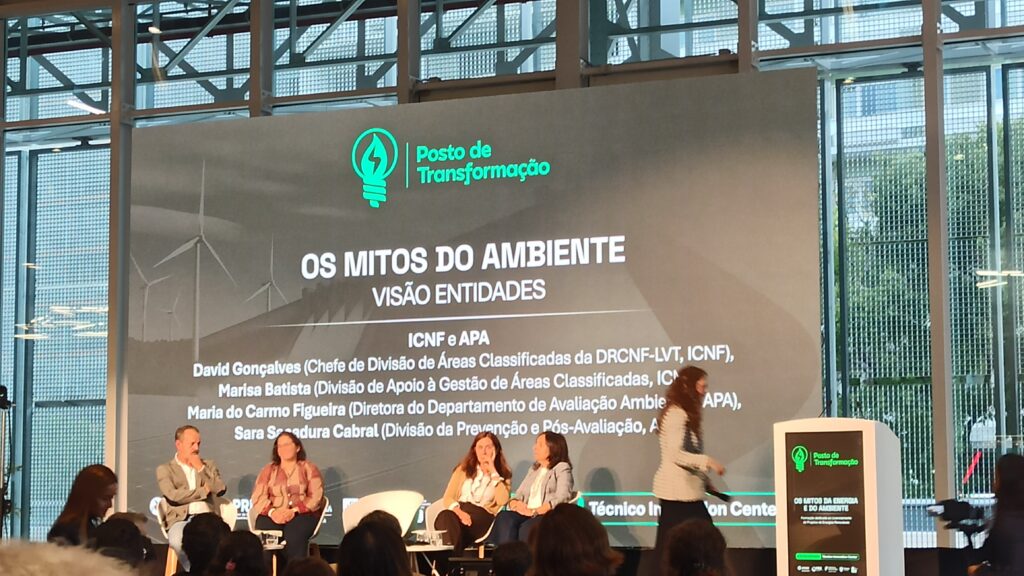
Myths, impacts and solutions
The topics debated at the 4th Transformer Station included:
– formal constraints on the installation of renewable energy projects;
– decentralisation of energy production;
– impacts of “clean” energy;
– technical solutions to mitigate impacts;
– decarbonisation and carbon neutrality.
There is broad consensus that no form of renewable energy production, nor the associated electricity transmission system (power lines), is entirely free from negative impacts. These infrastructures are a known cause of mortality for birds (and other flying species), particularly for large-bodied species such as vultures. In certain circumstances and contexts, this mortality may have demographic consequences for some populations, as widely documented in the scientific literature.
In Portugal alone, within the scope of the LIFE Aegypius Return project, at least one juvenile Cinereous Vulture has been confirmed dead following collision with power lines in the Douro Internacional region. Since 2010, nine further deaths due to electrocution have been recorded. Dozens of Griffon Vultures (Gyps fulvus) have also died in collisions with wind turbines in several wind farms across the country in recent years.
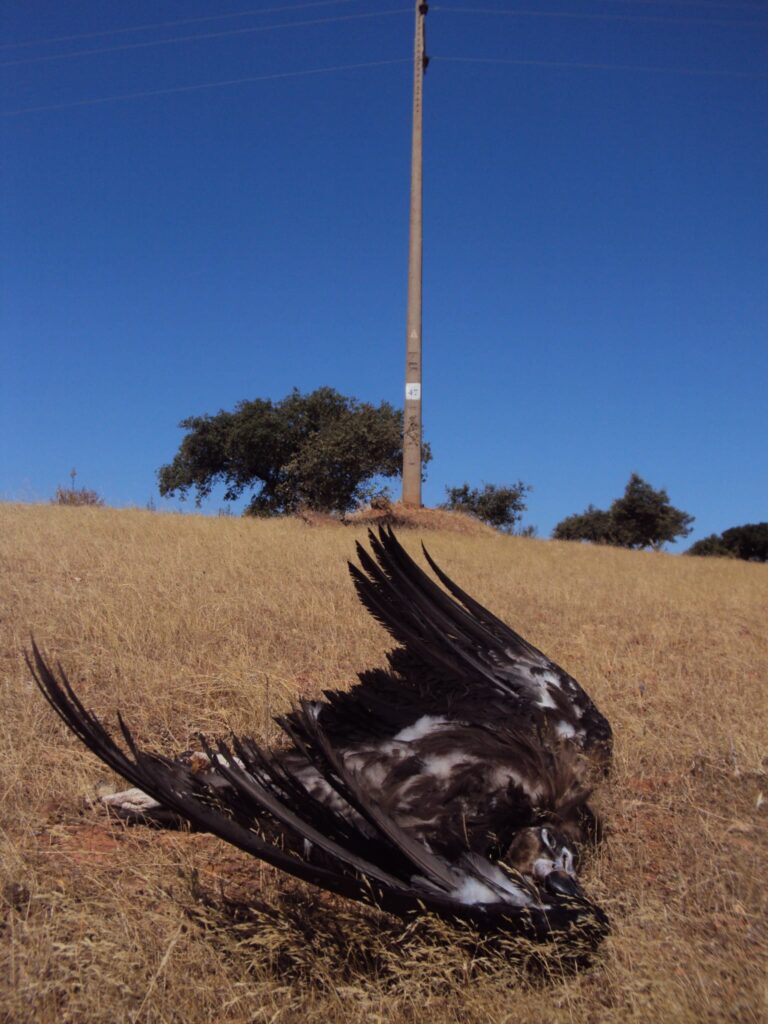
For species with late maturity, single-egg clutches and small, relatively isolated breeding colonies, such as the Cinereous Vulture, the loss of a single individual can have significant consequences, potentially threatening the viability of the colony.
Therefore, preventive and mitigation measures are essential to ensure the environmental sustainability of renewable energy projects. Rigorous risk assessment requires ongoing dialogue with organisations that work in the field and know the ecology of the most vulnerable species – such as LIFE Aegypius Return, in the case of the Cinereous Vulture, and LIFE SOS Pygargus, focused on Montagu’s Harrier (Circus pygargus), among others.
In addition to potential mortality, it is also important to consider the indirect threats to biodiversity that renewable energy projects may entail, such as exclusion effects resulting from the loss of feeding, roosting or nesting habitats.
All these aspects must be thoroughly discussed among stakeholders in order to reach balanced, compromise-based solutions that avoid or minimise risks, and to define effective measures to compensate unavoidable impacts.
Renewable energies and the Cinereous Vulture
The LIFE Aegypius Return partners have been developing and sharing technical guidelines aimed at reconciling the expansion of renewable energies with the conservation of the Cinereous Vulture, a threatened and priority species for conservation. To this end, they reiterate their willingness to engage in transparent and constructive dialogue with all parties involved in order to seek sustainable and balanced solutions that enable the necessary energy transition to mitigate the climate crisis, without exacerbating the ongoing biodiversity loss crisis.
The project closely monitors the development of new renewable energy ventures that may affect the species, with particular attention to those located near the Vidigueira/Portel and Tejo Internacional colonies – respectively the most recent and the oldest breeding colonies in Portugal. Both are of strategic importance for the species’ conservation and for maintaining connectivity between the various breeding colonies.
To date, the LIFE Aegypius Return project has produced around forty scientifically grounded technical opinions, incorporating GPS/GSM tracking data from dozens of tagged birds, nesting information, colony expansion forecasts, and impact assessments for proposed projects, along with recommendations for risk mitigation and reduction. The majority of these opinions have supported the implementation of the projects, usually accompanied by recommendations for design adjustments to safeguard the Cinereous Vultures. However, in some cases, the recommendation has been to reject the project, as it was considered likely to have excessively severe impacts on the species.
The presentation delivered during the Transformer Station also highlighted the VCF’s international experience in threat mitigation and engagement with the energy sector across other regions of Europe.
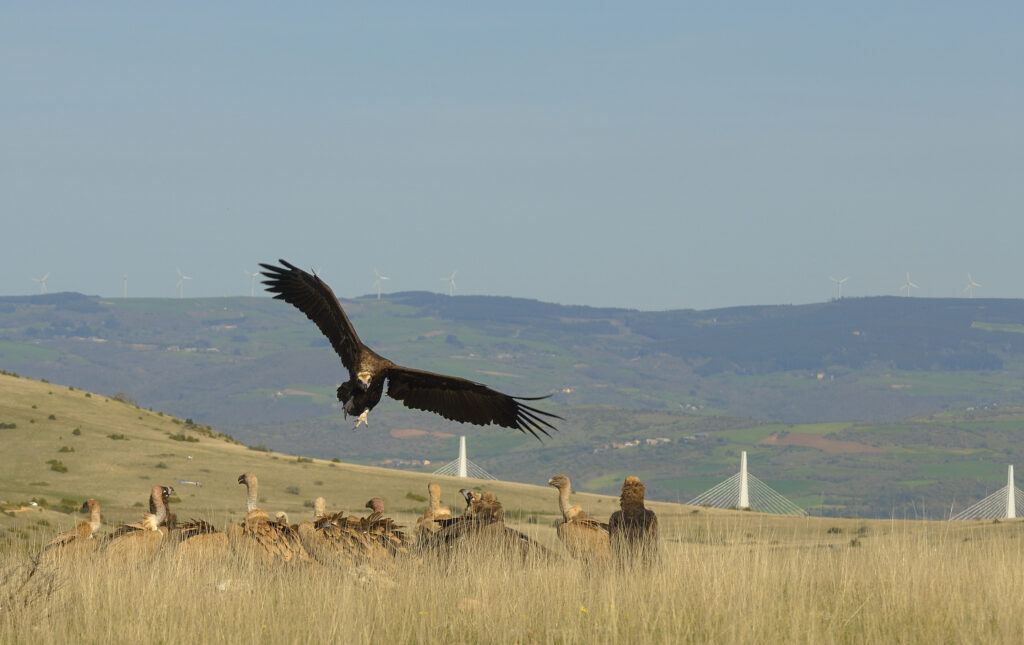
Future directions
The 4th Transformer Station provided an important opportunity to review progress and identify pathways for improvement. Among the proposals discussed were the creation of regular dialogue platforms and the development of digital tools for information sharing, including geographic information systems that centralise data on projects at different stages of planning and implementation, enabling a coherent assessment of cumulative impacts on threatened or disturbance-sensitive species.
The energy transition is essential and represents a strategic ally in the fight against the climate crisis. However, the biodiversity crisis – which exacerbates the climate crisis itself – must not be overlooked. Building joint solutions through cross-sector co-operation will be key to achieving true sustainability – environmental, social and economic.
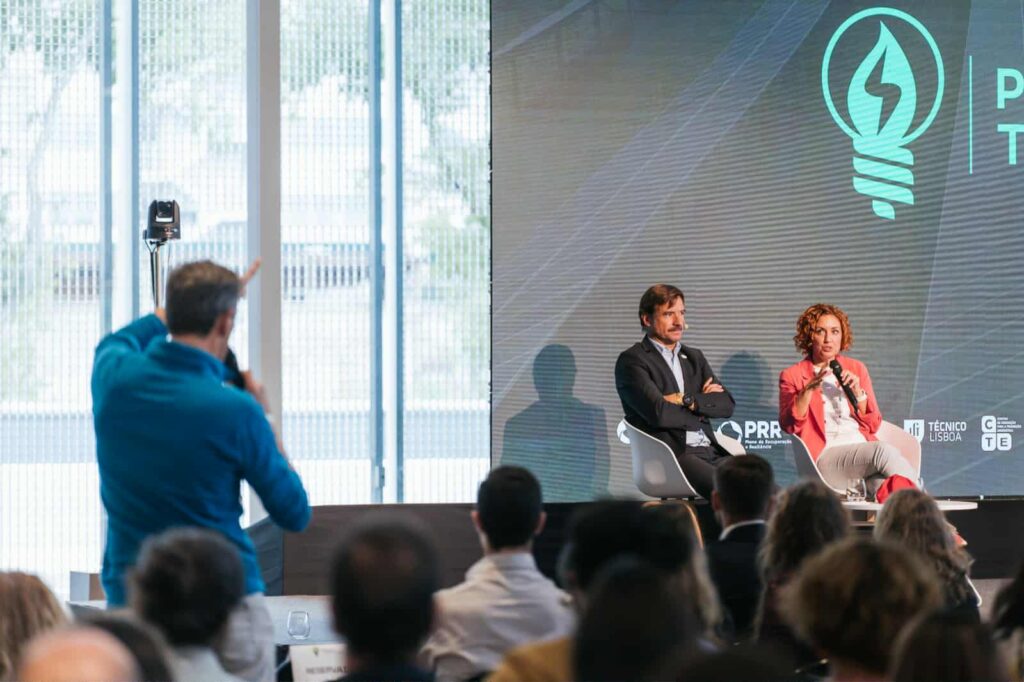
About LIFE Aegypius Return

The LIFE Aegypius Return project is co-financed by the European Union’s LIFE programme. Its success depends on the involvement of all the relevant stakeholders, and the collaboration of the partners: the Vulture Conservation Foundation (VCF), the coordinating beneficiary, and the local partners Palombar – Conservação da Natureza e do Património Rural, Herdade da Contenda, Sociedade Portuguesa para o Estudo das Aves, Liga para a Protecção da Natureza, Associação Transumância e Natureza, Fundación Naturaleza y Hombre, Guarda Nacional Republicana y Associação Nacional de Proprietários Rurais Gestão Cinegética e Biodiversidade.

